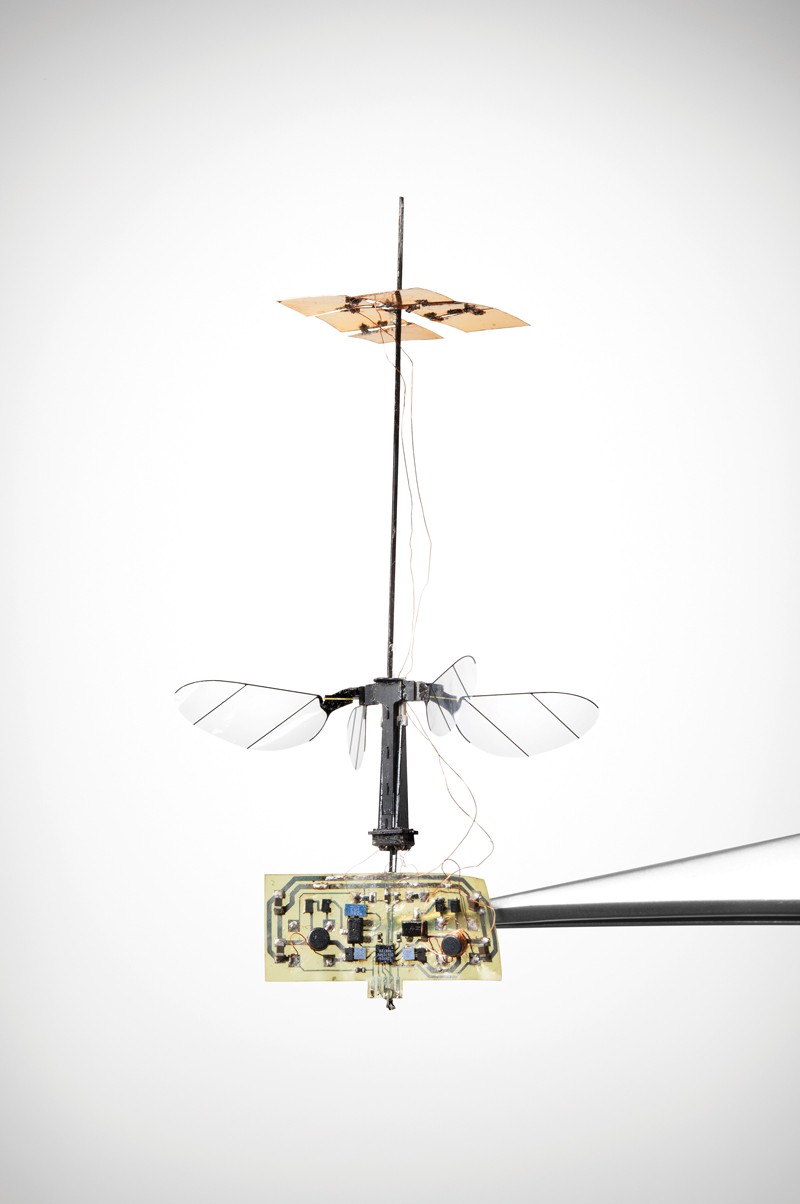
Going back to the time of Leonardo da Vinci, animal flight has inspired human enquiry, and we have sought to emulate nature by building machines that attempt to fly using flapping wings. In a paper in Nature, Jafferis et al. report a key step towards the emulation of insect flight with what they claim to be the lightest insect-scale aerial vehicle so far to have achieved sustained, untethered flight. Apart from the aesthetic joy of mimicking nature, flapping-wing robots have several potential advantages over the fixed-wing drones and quadcopters (four-rotor helicopters) that have become so popular in commercial and recreational applications. Flapping wings make animals and machines highly agile and manoeuvrable — for example, bats can fly with ease through basements, caves and dense forests. Moreover, flapping wings typically move with lower tip speeds than do propellers, and are therefore quieter and inflict less damage if they come into contact with people or property.
Source: Nature